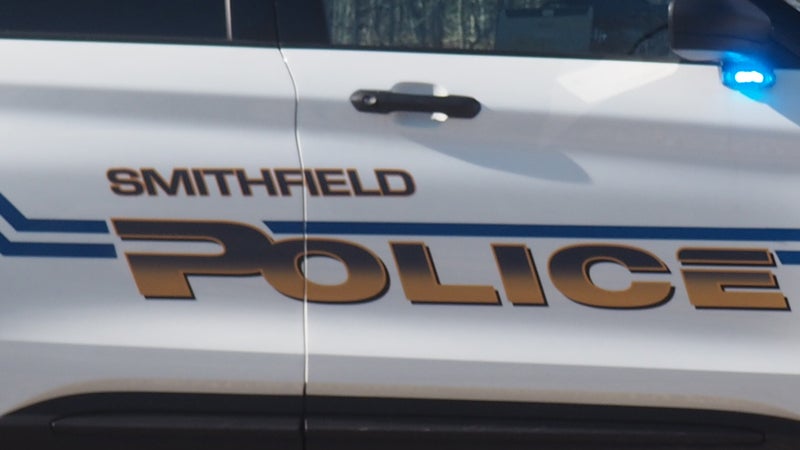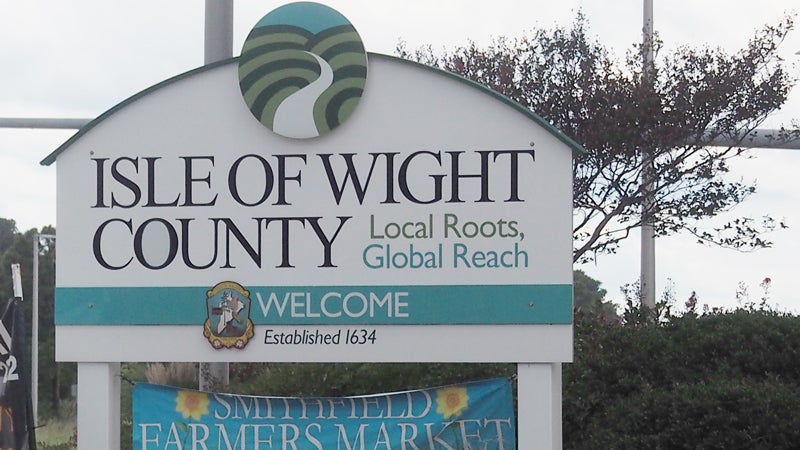County, Windsor to discuss monument
Published 10:05 pm Thursday, November 19, 2020
Isle of Wight’s Board of Supervisors still hasn’t made a final decision on whether the county’s Confederate monument will stay or go, but on Thursday, voted to authorize county staff to start a dialogue with the town of Windsor regarding the possibility of relocating the statue to the town’s cemetery.
The vote followed a presentation by county staff on the findings of Isle of Wight’s monument task force, which the board had formed in October for the purpose of evaluating potential sites for the monument’s relocation and ways of contextualizing it should it remain in its current location outside the county’s government complex.
Moving the monument to Windsor’s municipal cemetery had been the task force’s No. 1 choice for relocation, but the group did not make a unified recommendation for contextualization. Instead, it opted to present the board with several options in no particular order of preference, which ranged from erecting one or more additional monuments to adding signage to altering the monument.
“This is a memorial to the dead … it is fitting in multiple ways,” said Carrsville District Supervisor Don Rosie, regarding the Windsor cemetery suggestion.
Windsor’s Town Council has yet to take an official position on whether it wants the monument. Smithfield District Supervisor Dick Grice said he’d like that conversation to happen before any final vote on the monument’s fate, and for the county to look into some of the other relocation choices as well to confirm they are available and get cost estimates for each.
“Should this board decide that it needs to be relocated … I would personally like to know that it has a place to go besides a dump,” Grice said.
Windsor District Supervisor Joel Acree agreed that the county should talk to the town about the cemetery before he “would even consider voting” on whether the monument stays or goes. He added that there are still “citizens in our county that would like to see the statue remain exactly where it is.”
As such, the board’s vote further authorizes county staff to begin the dialogues necessary to pursue the task force’s second choice for relocation: moving the statue to the village of Walters on land currently owned by task force member Volpe Boykin. Boykin — who once advocated against relocation but now feels the best way to ensure its preservation is to get it off government property and out of government control — said he would be willing to grant an easement to any organization willing to maintain the monument in perpetuity.
Boykin has further offered to deed six plots his family owns in the Windsor cemetery valued at several thousand dollars back to the town in exchange for a 13-by-13-foot place to put the monument.
Assistant County Administrator Don Robertson, who had served as the county government’s liaison to the task force, admits contextualization “was a little bit more challenging” for the group than ranking its choices for relocation, but disagreed with The Smithfield Times’ coverage of the task force’s final meeting on Nov. 12 — which stated that the group came no closer to consensus that evening on a preferred method for contextualization than it had at a previous meeting on Oct. 21.
“The consensus was they would list out the options, but not identify a preference,” he said.
Hardy District Supervisor Rudolph Jefferson, who had opposed Newport District Supervisor William McCarty’s motion to create the task force on Sept 17 in favor of the board making a final decision on the monument that evening, indicated his views on the task force have since changed. He called the group a “model task force” with “good representation from all of our county.”
Following the vote, the board allowed each task force member to make a brief statement.
“The main thing here we all agreed upon … we did not want to destroy the monument,” said the Rev. Dr. Lilton Marks, who represented the Isle of Wight NAACP on the task force.
Herb De Groft, who had represented the Isle of Wight Citizens Association, asked board members to still consider contextualization.
“You’ve talked about [relocation] extensively this evening,” De Groft said. “Moving it would appear to be the decision you are subliminally making. You still have to decide whether to move it or not.”
“To many county citizens, and trust me, I’ve been hearing from them … this is a memorial to their dead ancestors,” Boykin said. “It’s not just some statue. It’s like grandpa’s tombstone.”




